10 Things European River Cruise Lines Don’t Like Talking About
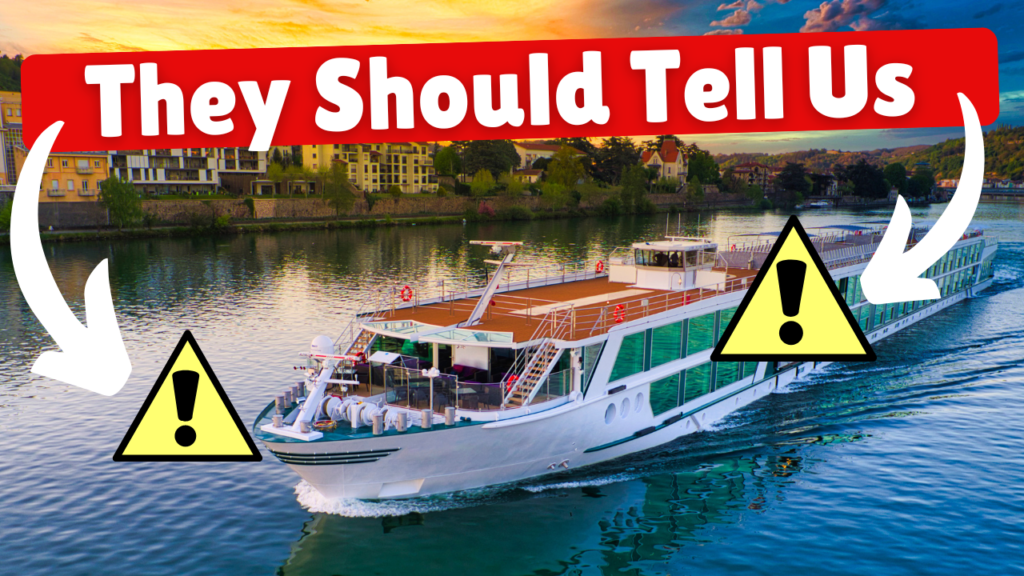 10 Things European River Cruise Lines Don’t Like Talking About
10 Things European River Cruise Lines Don’t Like Talking About
I’ve been on several European river cruise lines, and I’ve had a good time. However, I keep stumbling across things I don’t think are as crystal clear as they should be. These may make a difference on whether you would choose it as a vacation or not.
1: Limited Season
Firstly, you can only cruise European rivers for part of the year, as the season runs for just 7 months between April and October.
Although most lines also offer Christmas market cruises on the Rhine and Danube in December, most river cruise boats are laid up for up to 5 months of the year.
This means that demand is high, and they often sell out as they’re concentrated into a few months. So, planning and booking far ahead is a good idea. Late deals on river cruises are less frequent than for ocean cruises, in my experience.
2: Water Levels
The next issue is not something mentioned by the lines up front, but it is in the fine print. It causes itinerary disruptions and changes and is probably the main disappointment travellers experience with European river cruising. Water levels.
Water levels are river cruising’s archenemy. Poor winter snows and low summer rains can make it impossible for the boats to travel their full itinerary. Too much or too little, and they cannot pass under some bridges along the route.
There are solutions that the lines put in place, so be aware when booking and be ready to be flexible.
River cruises don’t cover a lot of ground, unlike ocean cruises. One some days you may only move 20 to 40 miles along the river. So, the cruise line can moor up and bus guests on the different excursions.
On my last Viking River cruise, water levels were so low we could not get past Vienna and had to moor there, along with dozens of other boats. We couldn’t sail into Budapest.
On a CroisiEurope Loire cruise we had to say moored half-way along the route. Guests were then bussed to different places we were scheduled to visit.
In some years people have also been moved to a different ship down the river to by-pass low water levels.
3: Similarity
One thing that struck me when I first went on a river cruise is how the ships all looked the same and how similar and limited the facilities were. This is something that people used to ocean cruising can be thrown off by.
The ships are all the same because they must be! There’s a length, width, and height required to travel under the bridges, through the locks and manoeuvre the twists and turns of the rivers.
From the outside, all river cruising ships look the same. And they are largely the same layout inside too, as space is limited. The real differences are in the décor.
River cruise ships generally have three decks with a sun deck on the top, and then inside a main lounge area with a bar, which is the main meeting point for talks, events, and socialising. A main dining room that can seat everyone at one time, a reception atrium with guest services and small shop, some have a small fitness centre, or massage room or hairdresser.
Then, at the rear of the ship, lines have different facilities unique to them like a speciality dining restaurant on AmaWaterways, an indoor pool on Emerald, an informal dining area on Viking or another lounge, like on Avalon.
There are usually cabins on all 3 decks. Two decks above the waterline with large floor-to-ceiling windows and one set mostly below the waterline with smaller windows close to the ceiling area.
Ocean cruise passengers are often surprised by the limited dining options. Meals are mostly in the main dining room at a set time for everyone. With some casual option buffets in the lounge at dinner time. Few lines offer room service. For me, the main issue has been that the only dinner option on many lines means a set dining time with three- to four-courses which can take time.
4: Ports and Excursions
Another similarity that is not really highlighted, is that the places you call on will be the same no matter which river cruise line you choose. That’s because along these rivers there are only so many places of interest to call and sights to see.
Not only do they stop at the same places, but they usually offer the same excursions. Most lines include at least one excursion at every stop within the fare.
These tend to be more historical, and you’ll see many cathedrals, museums and go on many walking tours of towns.
Knowing all this means when I am now choosing a line, I look carefully at the excursions. Some are trying to break away and offer more varied and active bike and hiking excursions, such as Avalon Waterways and AmaWaterways.
5: Docking
One thing not shown in the ads, and so is something that throws many first timers on river cruises, is that the ships often dock alongside and parallel to each other, sometimes three or four deep.
You can find, especially on the busy Rhine and Danube, that your ship will have other ships moored right up close on either side, effectively boxing you in.
So, even if you’ve booked a premium floor-to-ceiling window cabin you may find another ship’s cabin just feet away and you’re looking straight into it.
This also means that to get on land, you have to climb up and over the adjoining ship’s sun deck or walk through adjoining reception areas.
If you have limited mobility this can be more challenging, so be aware. It is, however, a chance to have a peek inside other river cruise line vessels and see if you would prefer that next time!
6: Price
Although, of course, the lines are upfront about the fares, what is worth talking about is how expensive European river cruising is and if they are good value.
It is far more costly than ocean cruising, if you are used to those prices.
For example, a 7-night Rhine cruise in July next year in the lowest grade cabin, those partly below the waterline, and cruise only (so no airfares) will set you back from $4,000 for a couple on a value line like CroisiEurope to $7,900 per couple on an ultra-luxury line like Uniworld. That’s between $580 and $1,100 per couple per day in the cheapest cabin.
The river cruise lines make much of their fares being “all-inclusive”, and while my on-board costs have been very limited on all my trips, they don’t talk about the fact that every river cruise line has a different definition of what all-inclusive means!
All include accommodation, meals, and Wi-Fi. But then some include drinks at meals and from the bar. Others only include beer, wine, and soft drinks at lunch and dinner.
Some include gratuities, like APT, Scenic, Tauck and Uniworld. But others like Viking, Avalon, AmaWaterways, Amadeus, CroisiEurope don’t.
Most include one or more excursions at each stop. But to offer a lower value fare, some lines like CroisiEurope, Tui River Cruises don’t.
So, when comparing and choosing make sure you check what is and is not included.
7: Regimented
Although it is called “cruising” what is not really spoken about is that the experience is not like ocean cruising, but it’s closer to escorted touring where the bus whisking you around a region and the various hotels you stay at are replaced by the river ship.
If you’re used to ocean cruising or a more informal way of travelling, then river cruising can be a surprise. I don’t think this is highlighted enough. It absolutely reminds me more of the format and experience I had on escorted bus tours in Florida and Tanzania.
When ocean cruising, I have much more flexibility. I can get up when I want, dine when I want, do as little or as much of the programme as I want.
There is no set rhythm to river cruising, as some days the ship may visit two different places. Some days it may move to a different place while you are out on tour and pick guests up further down the river. And some nights will be spent moored overnight in a town.
This is a more structured vacation, as are the escorted tours. This usually means an early start with everyone invited to be up for breakfast together and then all head off on the morning excursion. All back for lunch at a set time to then all head out on the afternoon excursion.
There will be a briefing before dinner about the next day, in the lounge. Dinner together at a set time and then perhaps some local entertainment.
Of course, one can opt out and self-explore or eat in town. However, the fares are steep, and all this is included in that.
8: Locks
Personally, I find them fascinating, and most guests do. But I have found the river cruise lines tend to downplay them for some reason. On many of the European rivers, like the Danube (with 18 locks) and the Rhine (with 10 locks), you’re going to experience them.
I enjoy watching the ship go through them. They can be slightly weird if you’re in your cabin when you do, as you’ll have a solid concrete wall up against your window.
If you’re sleeping, there’s some noise and bumping as you go through the system.
On that topic, I do find river cruise ships a bit noisier than ocean cruise ships, simply from people walking about and talking. They’re smaller ships and there is less ambient noise from the water.
So, I take ear plugs with me. On one trip I was woken up nightly by the people in the room next door snoring, and on another with the TV.
9: Passengers
River cruise lines tend to talk less about who currently goes on these sailings and are happier talking about how they want to attract younger adults and more families.
In practice, both from the cost and nature of the experience, I mostly find older travellers on my river cruises. Like me, I guess! People in their 50s, 60s, and 70s and above.
In the summer school holiday periods, some cruise lines are more multi-generational and try to cater more for those with more activities and features for kids.
European river cruises are not always great for Solo travellers. Most charge double occupancy for solos. Some do offer earlier and later in the season solo deals and there is more talk of solo cabins coming.
10: Accessibility
Another thing which is not talked about much is that river cruising is not ideal for people with accessibility issues. Particularly if you’re in a wheelchair.
Many river cruise ships don’t have dedicated accessibility cabins or even elevators. Also, in the small historical towns along the routes, there can be steep ramps to board the ships, and cobbled streets.
Also remember that issue when ships are docked next to each other. This requires going up and across neighbouring ships’ sun decks.
I have not come across many travellers with mobility issues, but check with the cruise line before booking.
It’s also worth noting you should be relatively active and fit to get the most from European river cruising. There are many walking tours on cobblestones, and up staircases.
Though cruise lines usually offer a gentle walker option you will see and experience less.
BECOME A TIPS FOR TRAVELLERS MEMBER
————————————————————
Sign-up as a Channel Member to get perks: https://www.tipsfortravellers.com/Join
Become a Patron on Patreon and get perks: https://www.patreon.com/tipsfortravellers
BUY MY CRUISE-THEMED T-SHIRTS
————————————————
Check out my T-Shirt range: http://bit.ly/TFTStore
FOLLOW ME ON SOCIAL MEDIA
——————————————-
-
- YouTube: http://www.youtube.com/tipsfortravellers
- Twitter: http://www.twitter.com/garybembridge
- Facebook: http://www.facebook.com/tipsfortravellers
- Instagram: http://www.instgram.com/garybembridge
- LinkedIn: https://www.linkedin.com/in/bembridge
- TikTok: @garybembridge

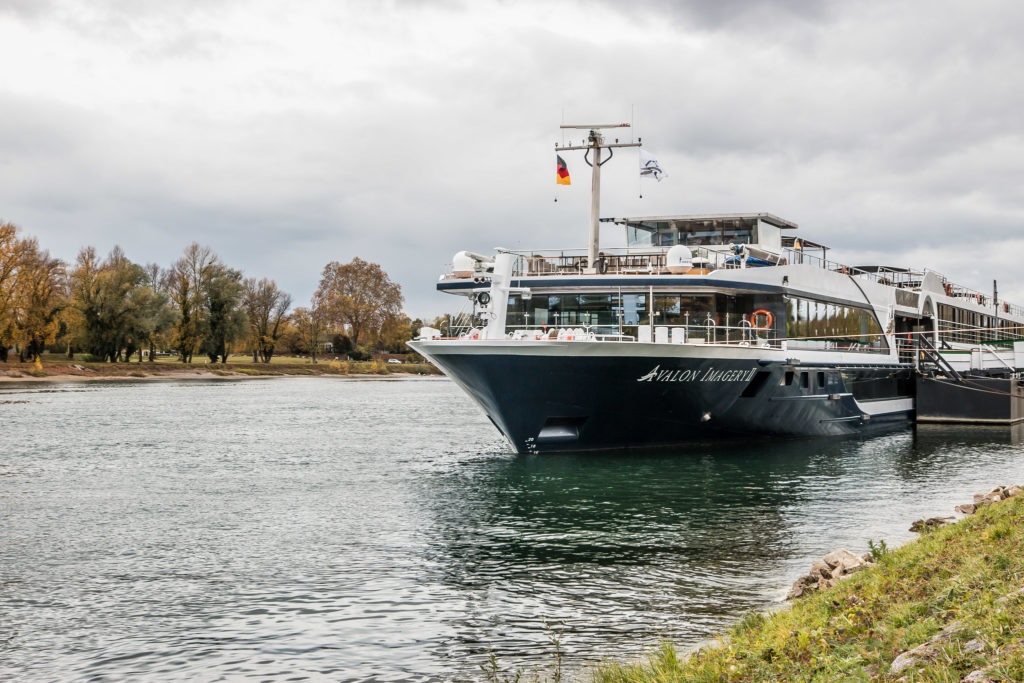
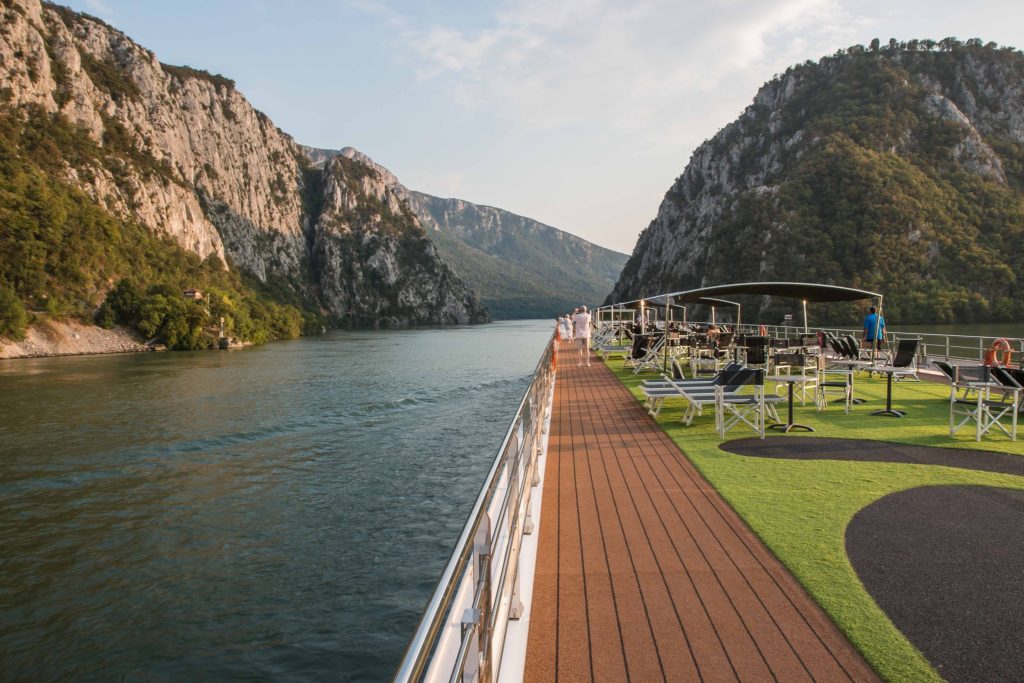
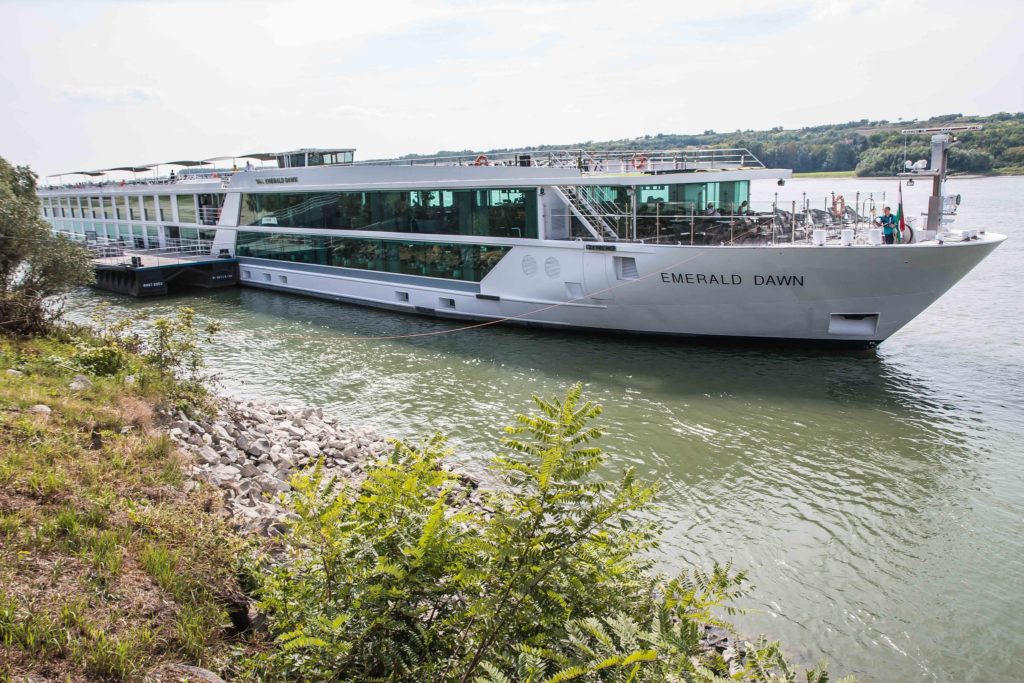
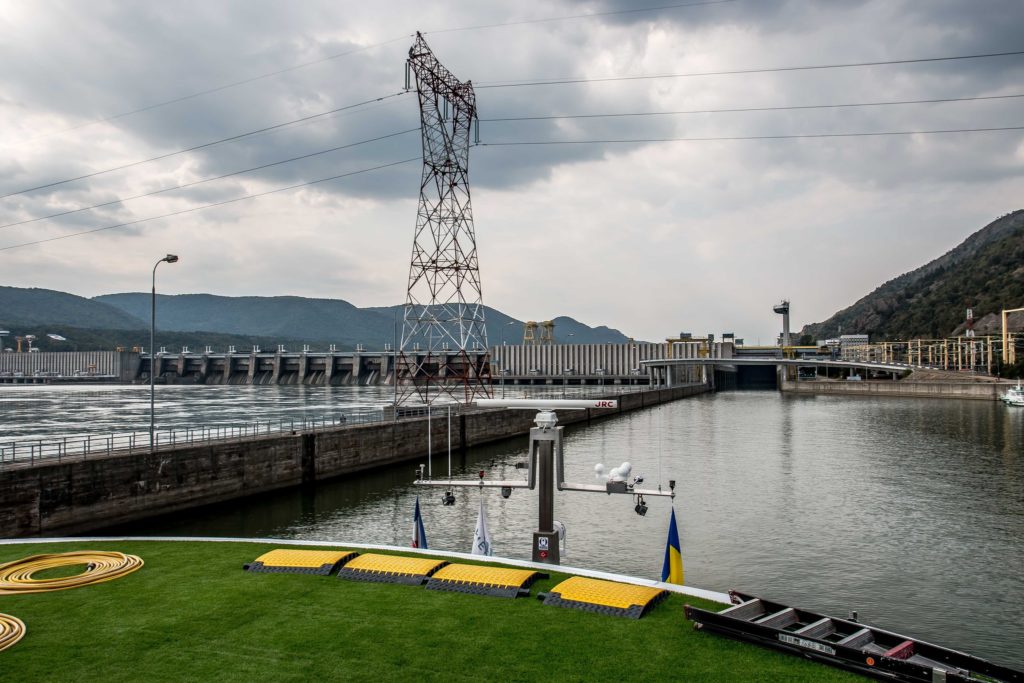
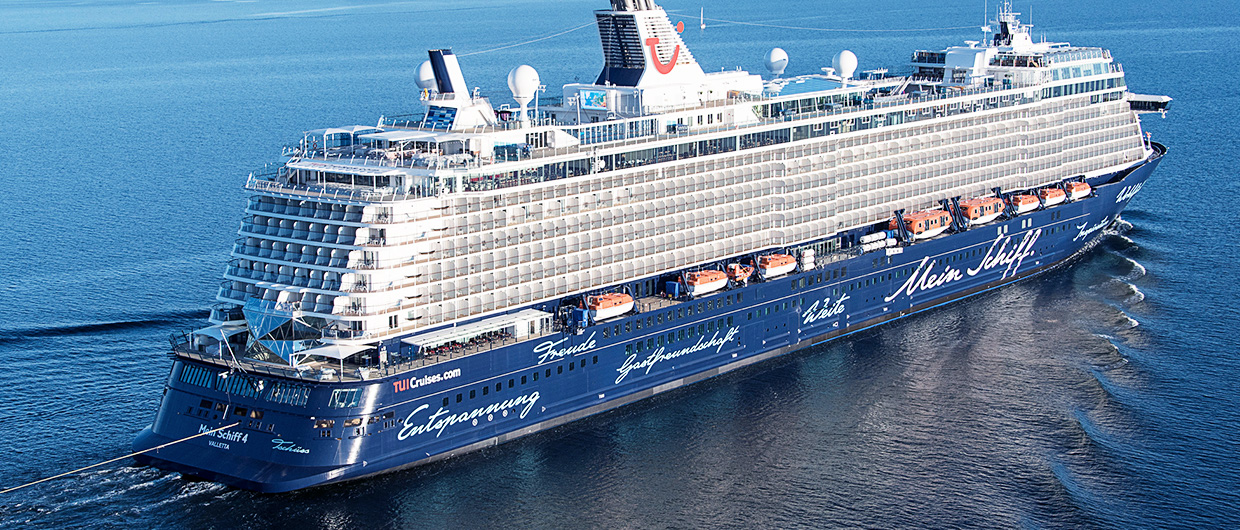
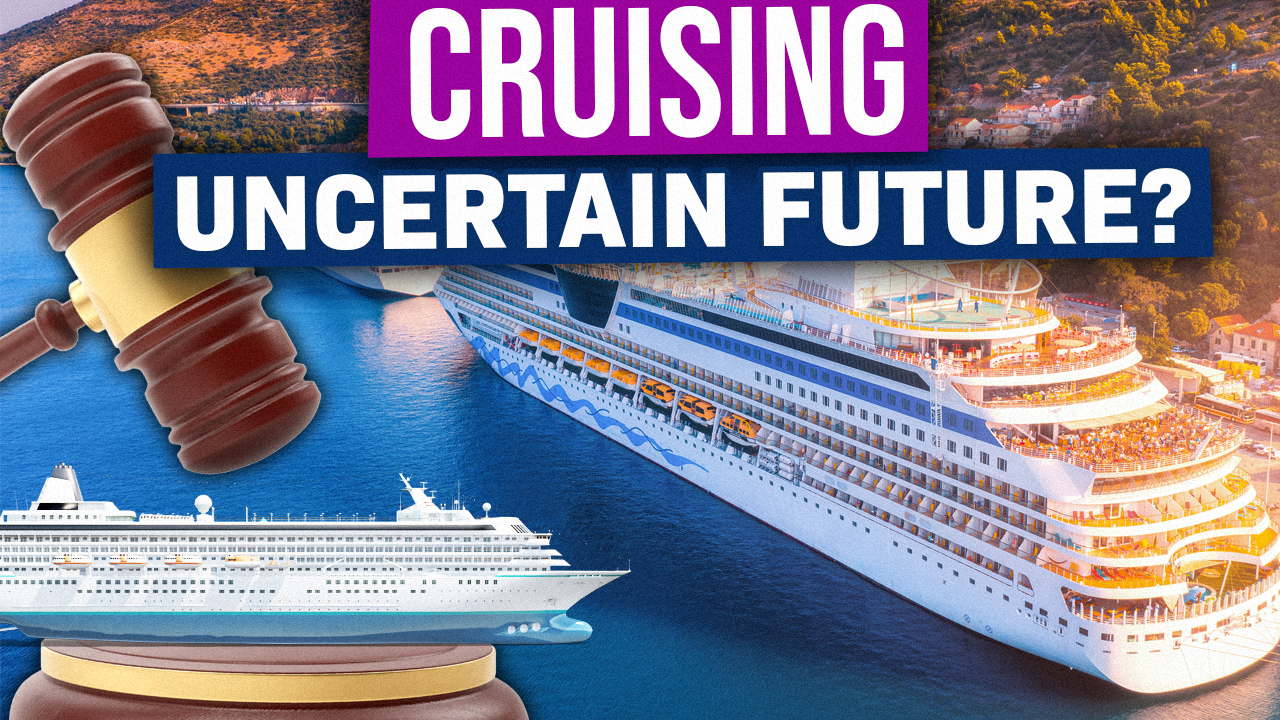
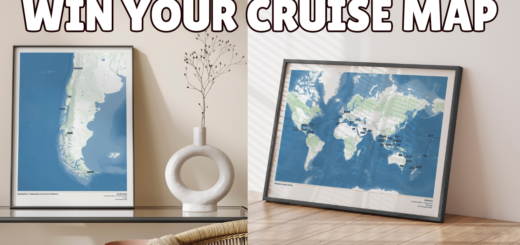










All these points are accurate, but they are not an issue for me. After River cruising once, I would never go on an ocean cruise again. To each their own…
I think a lot is down to personal taste too. I adore river cruising and simply loathe sea cruises. To me cruising Europe’s magnificent rivers is about visiting different museum or art galleries every day, without any packing and unpacking hassle. Sea cruises seem like Butlins on water, and I got soooo bored.
Agree that river cruising can be somewhat like a Bus tour but on water instead of wheels … 🙂 The ships are much smaller (perhaps about 100 – 200 guests) than Ocean cruisers and there’s only one of everything … one Bar, one Lounge, one entertainment venue (often the same place) usually on the upper deck, and one Restaurant (with set meal times) on the lower deck below the Bar/Lounge …
One important difference is that whilst Ocean cruises tend to move overnight and be in Port during the day, River cruises are the opposite – they move during the day (and you watch the scenery go by … in my case usually from the Bar … 🙂 ) and they moor up overnight … it is a different style of Cruise, more up close and personal, but I like that … 🙂
Excellent insight! I have read a dozen articles contemplating my first river cruise which failed to share the depth of considerations made here. Thank you!